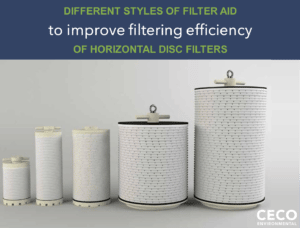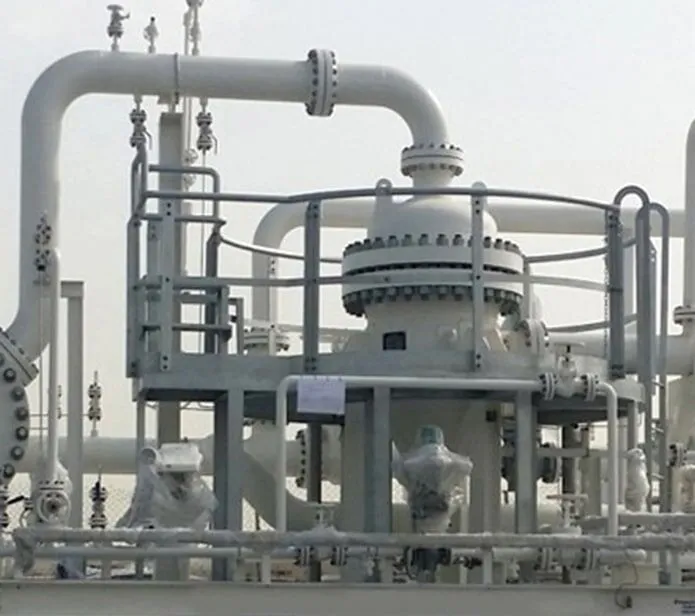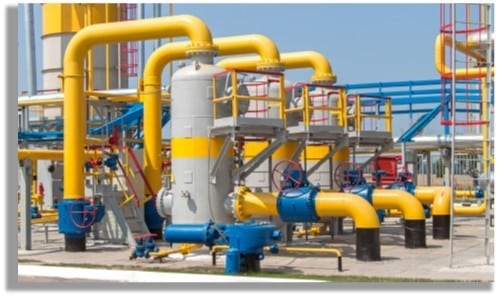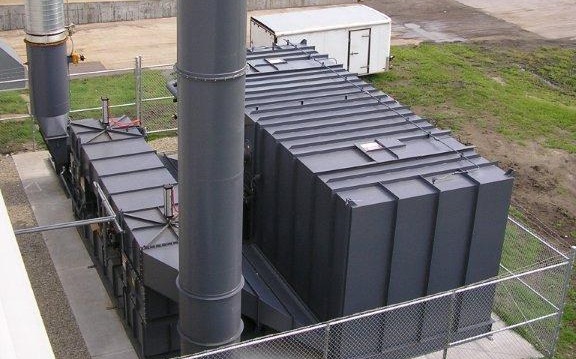Oftentimes, when it comes to filtering a bath using horizontal discs, we stick with what we know. Some powdered activated carbon (PAC) and you are good to go, right? Not always. There are a multitude of different filter aids available in today’s market, and some styles are more suited to certain applications than others. Let’s take a look at the different styles of filter aid and where they are best used.

One fairly common filter aid is Diatomaceous Earth (DE). Like PAC, DE is often used by both end-users and manufacturers. DE will add depth to the filter cake, allowing more contaminants to be captured by the cake. It is also useful to keep PAC from clumping up, and acts as a buffer of sorts to ensure all of the PAC contacts solution. DE can also target some of the inorganic contaminants in a bath, giving our filter a greater range of coverage. DE will also not remove as much (if any) Total Organic Carbon (TOCs) from the solution, and is thus useful in situations where you may not want TOC removal.
Another common filter aid is a cellulose material. There are multiple sources of the cellulose, but they all serve the same primary function. They act as a matrix for the PAC and DE to be held up in and can also be used with either DE or PAC separately. By adding this matrix, it greatly increases the effective surface area and ensure that solution contacts as much PAC and DE as possible. Cellulose is not often used by end-users as much as manufacturers. It is this cellulose matrix that allow some blends to outperform the standard PAC/DE mix.
The last common filter aid we will discuss today is likely the most unusual: the sludge produced by some baths. Take acid zinc for example. Acid zinc is potentially one of the largest sludge producing baths. When running a horizontal disc filter with 10-micron paper on these baths, some of that sludge gets trapped on the paper. Then, as more and more sludge accumulates, the filtration efficiency actually increases! The sludge produced by the bath is used to filter out other contaminants. This can be viewed as a decent cost savings method as well as a good filtration method.
Overall, there are likely many more filter aid options than the ones covered here. However, these four are the most common and essential to good filtration. The primary benefit from horizontal disc filters is the ability to pack the filter in a way that greatly increases surface area, removes TOCs and other contaminants, and allows for some sludge removal from the bottom of the tank. To get the most out of these benefits, it is important to use a filter aid that is capable of those things.
Contact your Mefiag or local distributor to help determine which style of filter aids is best suited to your application!



